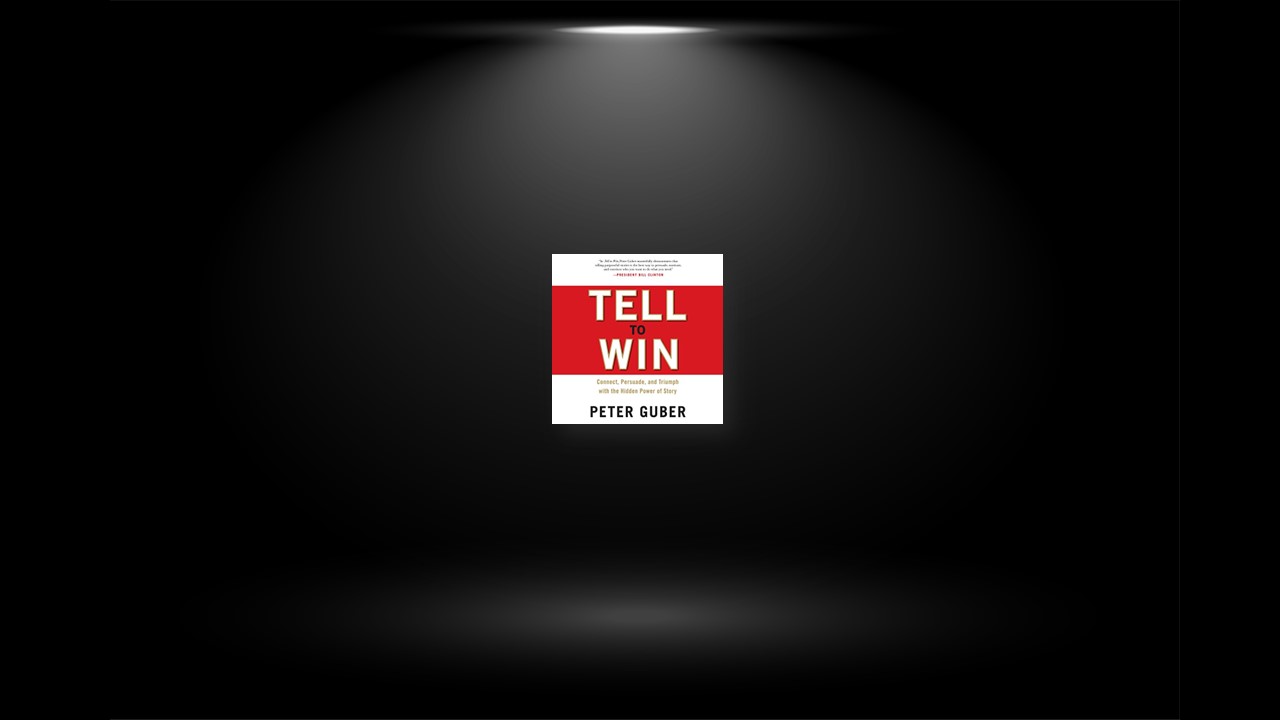It’s the Story
Move your listeners’ hearts, and their feet and wallet will follow.
Data dumps are not stories—dump them, don’t tell them!
Story isn’t the icing on the cake, it is the cake.
Don’t leave home without it … your story, that is.
Got Story?
A purposeful story is a call to action—be sure to make your call.
A story without structure leaves your goal unfulfilled.…
- Craft the beginning to shine the light on your challenge or problem.
- Shape the middle around the struggle to meet that challenge.
- End with a resolution that ignites in the listener your call to action.
Get your audience to step into your hero’s shoes.
Lead from the heart, not the head.
Employ the element of surprise.
Successful stories turn “me” to “we”—align your interests!
Be sure your story tells what’s in it for them.
You’re not done till they say, “Ahha! I got it!”
You’ve Got It!
You’re prewired for story, but you must turn it on!
The marketplace wants stories, so give them what they want.
Stories make facts and figures memorable, resonant, and actionable.
Ignite empathy in the room and face-to-face, and your audience won’t just hear you, they’ll feel you!
Purposeful story telling isn’t show business, it’s good business.
#1 Ready …
To tell a great story, make preparation your partner.
Demonstrate authenticity and congruence; they’re the rails on which your story rides.
Show you’ve got skin in the game.
Aim for the heart of your goal—emotionalize your offering.
Be interested in what interests your listeners, and they’ll find your story interesting and your goal compelling.
Remember, the context in which you tell your story colors the story you tell.
Be dialed in; your listener’s prejudices can hijack even your best story.
#2 Set …
Heroes come in all shapes and sizes—teller, listener, customer, product, location, and tribe; choose the hero that fits your goal.
Your firsthand or witnessed experience is the best raw material for your story.
Use metaphors and analogies to fire up imagination and illumination.
Engage the powerful narratives in books, movies, and history to emotionalize your call to action.
#3 Tell!
Get yourself into state; it’s about attitude, not aptitude.
Bring high energy—the catalyst for great story telling.
Your listeners may be one or many, but they’re always an audience, and audiences expect experiences.
Demonstrate vulnerability; it isn’t a liability, it’s an asset.
Persist, persist, persist to turn “no” into “on.”
Be aware that your body is talking before your tongue moves.
Capture your audience’s attention first, fast, and foremost.
Be interactive—engage your audience’s senses early and often.
Arouse your listener’s curiosity.
Choose carefully the props, tools, and resources that support your tell.
Listen actively; it’s a dialogue, not a monologue.
Be ready and willing to drop your script when the situation calls for it—and it always calls for it.
Surrender control and proprietorship of your story; your audience has to own it to tell it forward.


